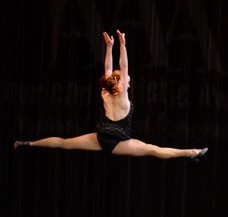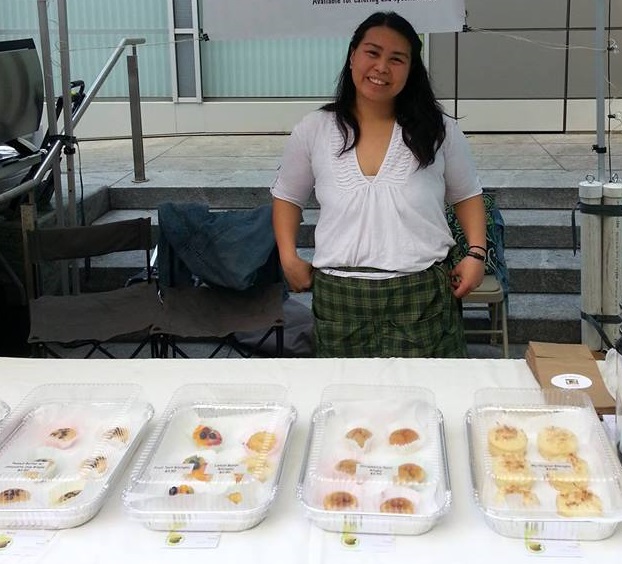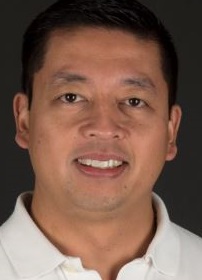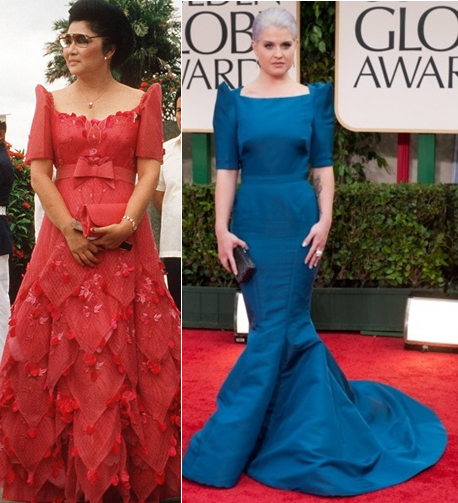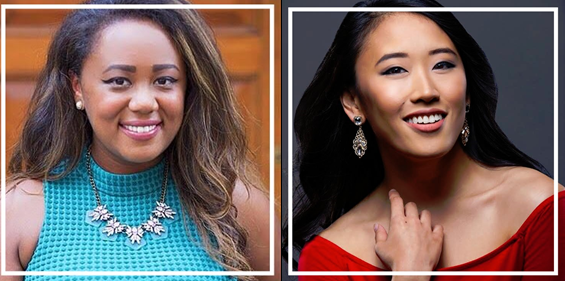Cecilia Aragon writes a memoir about fear and flying
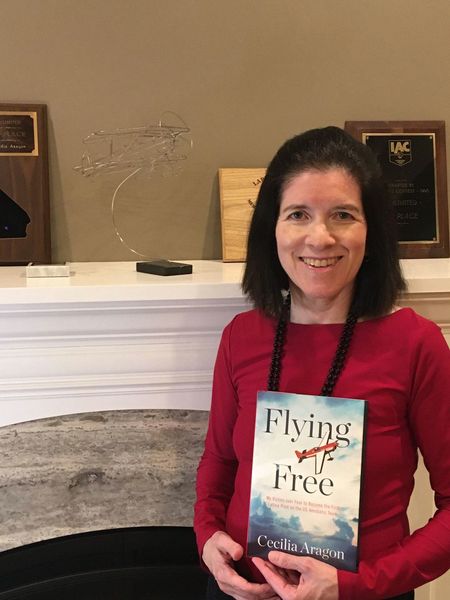
The daughter of a Chilean father and a Filipina mother, Cecilia Rodriguez Aragon has published a memoir about being the first Latina pilot on the U.S. Aerobatic Team.
“Flying Free: My Victory over Fear” is the story of how Cecilia broke free from expectations and rose above her own limits by combining math and logic with her passion for flying in unexpected ways, says a description by Blackstone Publishing. The book was released in September.
She grew up as a shy, timid child in a small Indiana town during the 1960s. Targeted by school bullies and dismissed by many of her teachers, she worried that people would find out that she was “INTF. Incompetent. Nerd. Terrified. Failure.” This feeling stayed with her well into her 20s when she was told that girls couldn’t do science or women just didn’t know how to handle machines.
Cecilia recounted in her website how at 25 years old, she was scared of elevators.
“My graduate school administrator once found me crying in the ninth-floor women’s restroom, after I’d climbed eight flights of stairs, too frightened to jump past the elevator doors,” she said. “My muscles stiffened whenever I climbed a ladder, shook hands with a stranger, or talked on the telephone. This physical reaction bewildered me, but I had no idea how to avoid it. It seemed that whenever I had to perform, my brain circuits got jammed by fear, and I froze…”
Yet in the span of just six years, a lot has changed. By 1991, she became an airshow pilot and the owner of a flight school. She became the first Latina pilot to secure a place on the United States Unlimited Aerobatic Team, representing her country at the Olympics of aviation, the World Aerobatic Championships.
Using mathematical techniques to overcome her fear, she performed at air shows in front of millions of people. She jumped out of airplanes and taught others how to fly. She learned how to fund-raise and earn money to compete at the world level. She worked as a test pilot and contributed to the design of experimental airplanes, crafting curves of metal and fabric that shaped air to lift inanimate objects high above the earth. And best of all, she surprised everyone by overcoming the prejudices people held about her because of her race and her gender.
Eventually, she won over her parents who were initially worried about her choice of a career.
“At first my parents didn’t really understand what I was doing,” she told the University of Washington News. “They both had negative images of aviation from their experiences during World War II, and they both personally witnessed small aircraft crashing at early airshows in the 1930s and ’40s. I was able to explain to them how seriously I took safety, and how the technology had improved since their childhoods. They also came to watch my aerobatic flying at shows and contests, and there they were able to see that I wasn’t thrill-seeking but was performing a dance in the air that required precision and grace.”
Cecilia now works as a professor in the College of Engineering at the University of Washington in Seattle. She is known not only as a champion aerobatic pilot but also as a computer scientist, professor and author.


© The FilAm 2020

